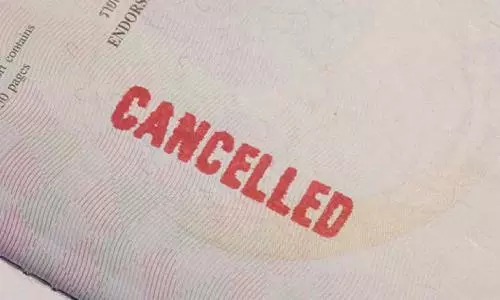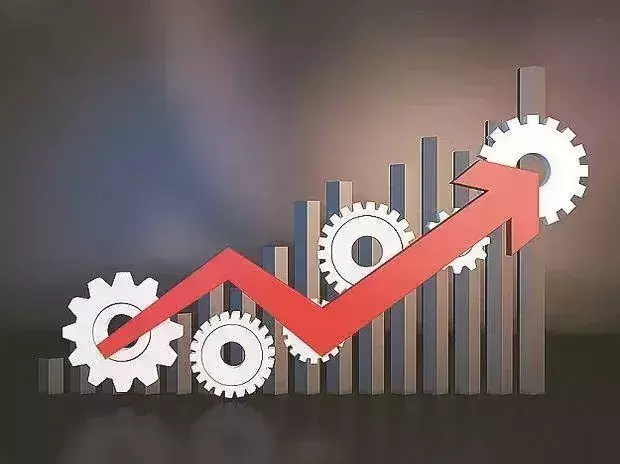
Indian economy projected as fastest growing with estimated 9.2% GDP this fiscal
text_fieldsNew Delhi: With the expectation of an estimated growth of gross domestic product (GDP) of 9.2% in April 2021 to March 2022 fiscal amid the concerns of the emergence of a new virus variant, the Indian economy is projected as one of the world's fastest-growing major economies.
The growth in the gross domestic product (GDP) of 9.2% in April 2021 to March 2022 fiscal (FY 2021-22) given by the National Statistical Office (NSO) in its first advance estimate compares with 9.5% expansion forecast by the Reserve Bank of India (RBI) last month. The economy had contracted by 7.3% in the previous financial year.
With one quarter still left in the fiscal year, there has been a surge in daily COVID-19 cases in recent days driven by the Omicron variant which is set to overtake Delta as the dominant strain. This has prompted fresh restrictions in several parts of the country, threatening the fragile economic recovery.
Risks to the economy stem from an Omicron-led third wave, which may upend growth revival across sectors, especially the contact-intensive services industries.
With 9.2% growth in the 2021-22 fiscal, the economy will surpass the pre-COVID level in actual terms, mainly on account of improved performance by farm, mining and manufacturing sectors.
"Real GDP or GDP (gross domestic product) at Constant Prices (2011-12) in the year 2021-22 is estimated at Rs 147.54 lakh crore, as against the Provisional Estimate of GDP for the year 2020-21 of Rs 135.13 lakh crore, released on May 31, 2021.
"The growth in real GDP during 2021-22 is estimated at 9.2% as compared to the contraction of 7.3% in 2020-21," as per a statement by the NSO.
The projection is less than the 9.5% forecast by the International Monetary Fund (IMF) and S&P, while Moody's Investors Service had in recent weeks put India's growth forecast at 9.3%. Fitch Ratings has projected an 8.7% expansion. World Bank has been the most conservative, projecting an 8.3% growth rate while OECD put it at 9.7%.
The finance ministry's Economic Survey in February last year had projected an 11% growth rate for 2021-22. The growth estimate for India is higher than 8% projected for China.
As per NSO estimates, GDP in actual terms in 2021-22 will surpass the pre-COVID level of Rs 145.69 lakh crore in 2019-20.
The pandemic hit the country in March 2020, resulting in a nationwide lockdown from March 25, 2020, which severely dented the economic growth in the 2020-21 fiscal. According to the statement, real GVA (gross value added) at Basic Prices is estimated at Rs 135.22 lakh crore in 2021-22, as against Rs 124.53 lakh crore in 2020-21, showing a growth of 8.6%.
In the current fiscal, the manufacturing sector is likely to see a growth of 12.5% against a contraction of 7.2% a year ago. The NSO estimates significant growth in 'mining and quarrying' (14.3%), and 'trade, hotels, transport, communication and services related to broadcasting' (11.9%). The agriculture sector is estimated to see a growth of 3.9% in FY2021-22, higher than the 3.6% expansion recorded in the previous financial year.
Morgan Stanley in a January 4 report had said India's growth trend has faced various exogenous shocks in the last eight years, leading to a weaker than expected growth trend, especially as measured by corporate revenue growth.
"Policymakers have erred on the side of creating macro stability buffers with price stability and external stability risks contained," it had said. "We remain optimistic of cyclical recovery to continue in coming quarters with all drivers of growth firing, leading to a capex led growth cycle."
Over the medium term, India will likely to be one of the few countries to offer high productive growth, it had said.
























